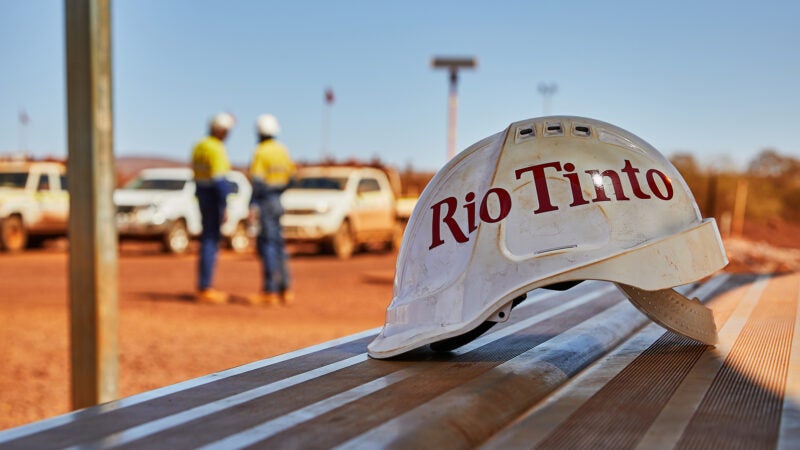
Rio Tinto has sanctioned a $77m pre-feasibility study (PFS) to advance the development of the Rhodes Ridge iron ore project in the East Pilbara region in Western Australia.
Located 40km north-west of Newman, the iron ore project is owned by a 50-50 joint venture (JV) between Rio Tinto and Wright Prospecting. It contains 6.8 billion tonnes of mineral resources at an average grade of 61.6% iron.
The launch of a PFS comes after the completion of an ‘order of magnitude’ study at the Rhodes Ridge project. The study considered the development of an operation with an initial capacity of up to 40 million tonnes per year, subject to relevant approvals.
The PFS of the Western Australian iron ore project is scheduled to be over by the end of 2025 and will be followed by a feasibility study.
First ore from the initial development of the Rhodes Ridge project is expected by the end of 2030.
According to Rio Tinto, it will spend over A$400m ($263m) on exploration over five years from 2024 to 2028 as part of the ongoing study phases of the iron ore project.
Rio Tinto iron ore chief executive Simon Trott said: “The size and quality of the resource base at Rhodes Ridge has the potential to underpin our iron ore business in the Pilbara for decades to come.
“Longer term, the resource could support a world-class mining hub with a potential capacity of more than 100 million tonnes of high-quality iron ore a year.
“We are committed to working closely with the Traditional Owners, the Nyiyaparli and Ngarlawangga People, as we progress this project.”
Last year, Rio Tinto and Wright Prospecting agreed to modify their JV to develop the Rhodes Ridge project.
Under the expanded JV, the partners were enabled to advance the development of Rhodes Ridge deposits, using Rio Tinto’s rail, port, and power infrastructure.






